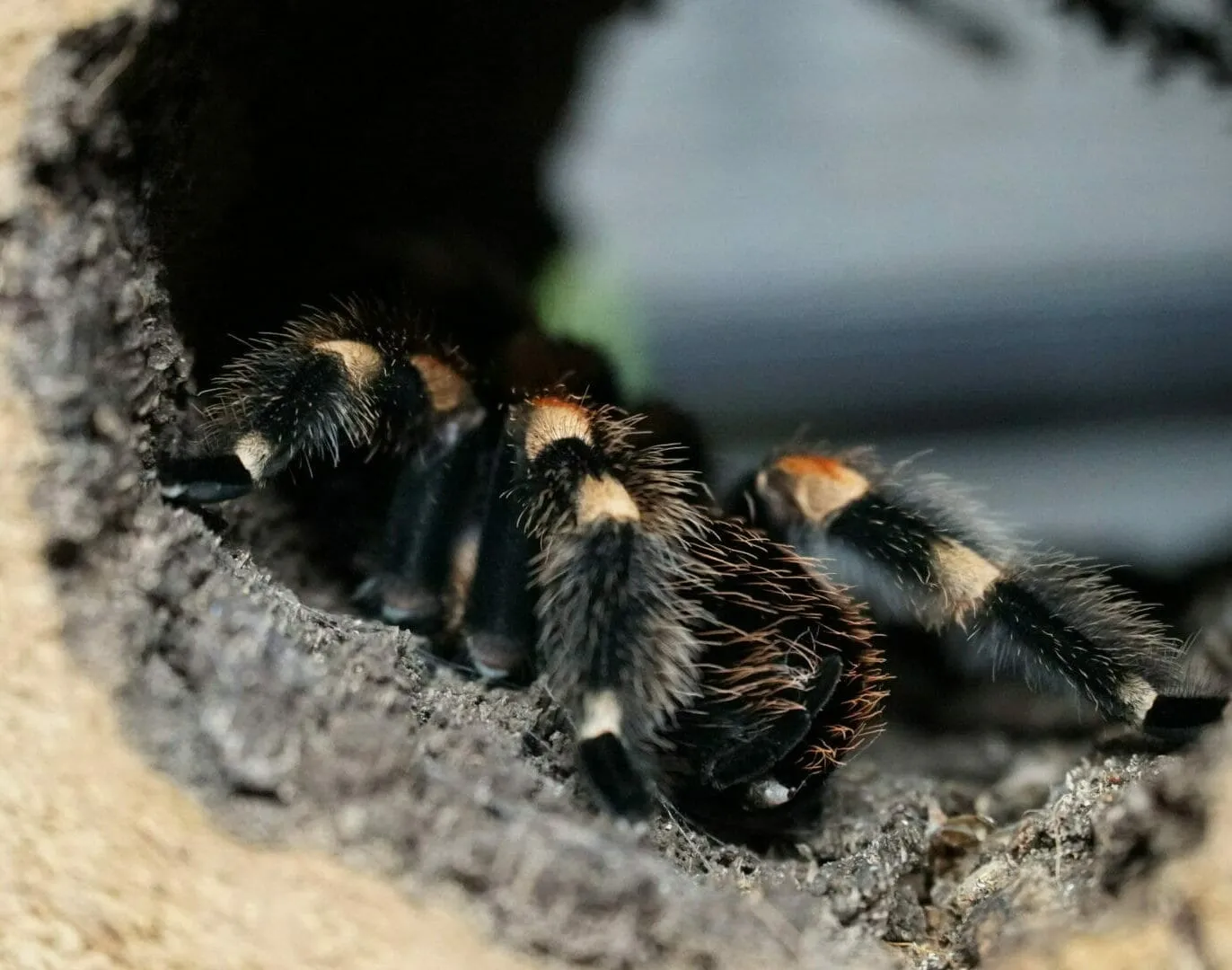What is Molting (Ecdysis) for Mexican Red Knee Tarantulas?
Molting, or ecdysis, is a fundamental biological process for all arthropods, including the majestic Mexican Red Knee Tarantula (Brachypelma hamorii). It’s essentially the shedding of the exoskeleton, the hard, protective outer layer that encases the tarantula’s body. This exoskeleton, made of chitin, doesn’t grow, so as the tarantula grows, it must shed its old skin to reveal a new, larger one beneath. This process is crucial for growth, but also for the regeneration of lost limbs, and the removal of parasites or other external irritants. Understanding the moult is crucial for anyone caring for a Mexican Red Knee, as it’s a vulnerable time and requires specific care. It’s a fascinating process, witnessing this ancient ritual of renewal and growth in your pet tarantula.
The Process of Molting
The molting process is complex and can take several hours, or even days, depending on the tarantula’s size and age. It begins with the formation of a new, soft exoskeleton beneath the old one. The tarantula will then detach itself from the old exoskeleton, and absorb fluids to swell and crack open the old cuticle. The tarantula then slowly pulls itself out of the old exoskeleton, a process that requires considerable effort. The tarantula will usually lie on its back during the molt. Once the tarantula has fully emerged from its old skin, the new exoskeleton is soft and vulnerable. It takes time for the new exoskeleton to harden and become strong enough to support the tarantula’s body. During this period, the tarantula is extremely susceptible to injury and should not be disturbed.
Preparing for the Moult
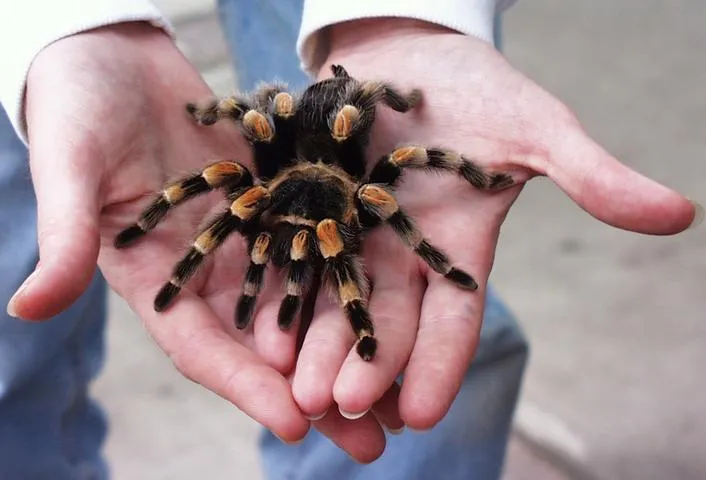
Proper preparation is key to ensuring a successful moult for your Mexican Red Knee Tarantula. This involves creating an environment that is conducive to the molting process and minimizing any potential stressors. Preparing the enclosure correctly can greatly increase the chances of a healthy moult. Several factors influence the success of a moult, with environmental conditions being among the most important. A stressed or uncomfortable tarantula is less likely to moult successfully. Before a moult, the tarantula may stop eating, and may start to behave differently. Providing a stress-free, appropriate environment will give your pet the best chance of a successful moult.
Creating the Right Environment
The enclosure setup plays a critical role in supporting your tarantula during the moult. The environment should be stable and provide the necessary humidity and temperature levels. The substrate, typically a mix of coco fiber, peat moss, and vermiculite, should be deep enough to allow the tarantula to burrow if it chooses to. The enclosure itself should be escape-proof and provide enough space for the tarantula to maneuver. Make sure there are no sharp objects or anything that could injure the tarantula during the vulnerable period. Keeping the enclosure clean and free from debris is also important for the health of your tarantula.
Providing Optimal Humidity
Humidity is crucial for a successful moult. It helps the tarantula shed its old exoskeleton. Maintaining the correct humidity level is achieved by misting the enclosure regularly, and by ensuring there is a water dish available. The ideal humidity for a Mexican Red Knee Tarantula is generally between 65% and 75%. Using a hygrometer to monitor the humidity level is highly recommended. If the humidity is too low, the tarantula may struggle to shed its skin, leading to a stuck moult. Conversely, excessive humidity can lead to mold and other health problems. Careful monitoring and adjustment are necessary.
Maintaining the Right Temperature
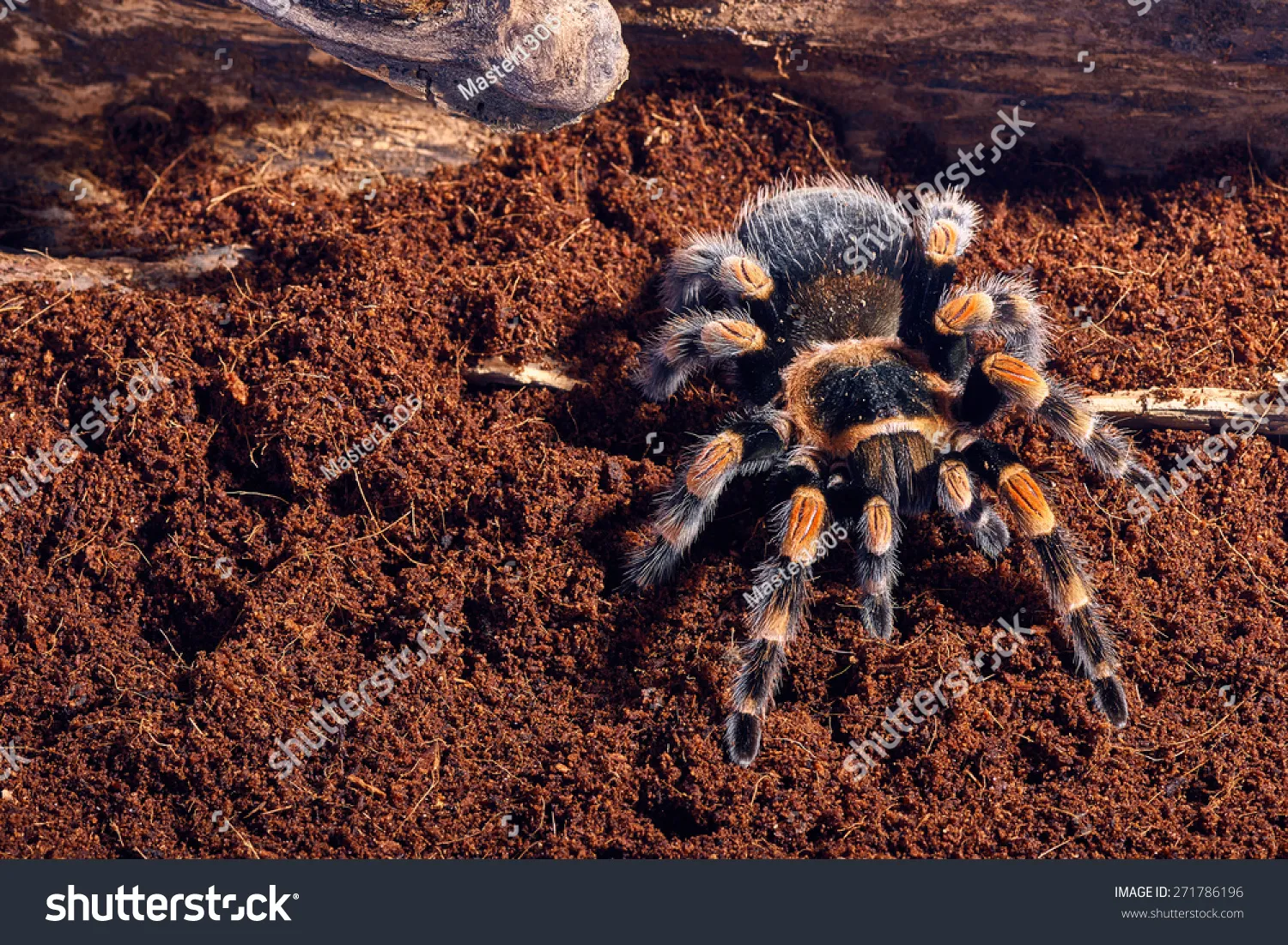
Temperature also plays a significant role in the molting process. A consistent temperature between 75°F and 85°F (24°C to 29°C) is ideal for a Mexican Red Knee Tarantula. This range provides the optimal conditions for the tarantula’s metabolism and helps to facilitate the moult. Avoid sudden temperature fluctuations, as these can stress the tarantula and potentially disrupt the molting process. Use a thermometer to monitor the temperature within the enclosure. If the enclosure is too cold, the tarantula’s metabolism will slow down, and the moult may be prolonged or unsuccessful. Use a heat lamp or under-tank heater if necessary, but always monitor the temperature carefully to prevent overheating.
Signs Your Tarantula is About to Moult
Recognizing the signs that your Mexican Red Knee Tarantula is about to moult allows you to prepare the enclosure and provide the necessary care. Pay close attention to your tarantula’s behavior and physical appearance. Being aware of these signs will enable you to create the most favorable conditions, minimizing stress and increasing the likelihood of a successful moult. The signs of an impending moult can vary from tarantula to tarantula, but here are some common indicators to look out for, which are a cue for you to take extra precautions and avoid disturbance.
Behavioral Changes
Behavioral changes often precede a moult. One of the most common signs is a loss of appetite. Your tarantula may refuse to eat for several weeks or even months before molting. They may also become less active, spending more time hiding in their burrow or under a hide. Some tarantulas will seal themselves in their burrows or retreats. They may also exhibit a change in temperament, becoming more docile or, in some cases, more defensive. These behavioral shifts are a signal that the tarantula is focusing its energy on the molting process.
Physical Changes
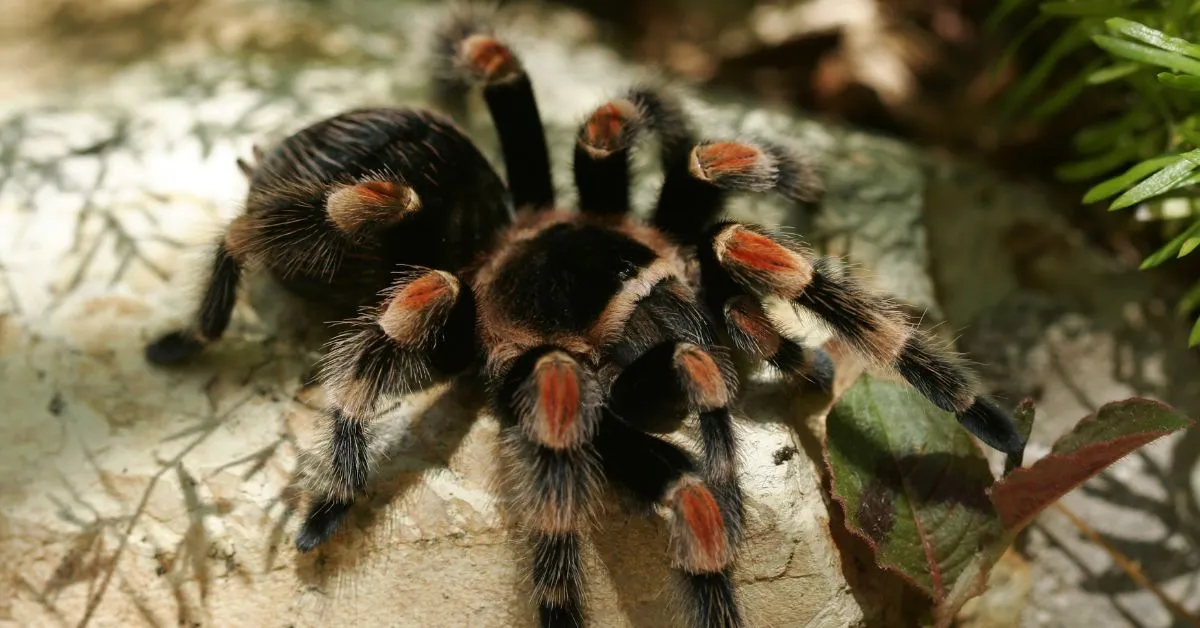
Physical changes are also key indicators. The most obvious is a darkening or dulling of the exoskeleton. The abdomen may appear swollen and stretched. You might also notice a change in the color of the abdomen, with the new skin becoming visible through the old. Some tarantulas will also start to build a web mat in preparation for molting. The old exoskeleton may also appear thinner and more translucent. These physical changes, when observed, are confirmation that the molting process is about to begin.
What to Do During the Moult
During the moult, your role is primarily to observe and minimize disturbance. The best thing you can do is to provide a stable, stress-free environment. Avoid handling the tarantula or making any sudden changes to the enclosure. This is a critical time, and any unnecessary interference can be detrimental. Understanding the process and being patient is the most important aspect of caring for your tarantula during this vulnerable period. The tarantula’s instincts are the best guide, and your role is to support those instincts.
Avoid Disturbing the Tarantula
The most important thing to do during the moult is to avoid disturbing the tarantula. Do not handle it, do not open the enclosure unless absolutely necessary, and keep the environment as stable as possible. Any disturbance can startle the tarantula and potentially disrupt the molting process, leading to injury or a stuck moult. Keep the enclosure in a quiet area away from loud noises or vibrations. Observe from a distance and allow the tarantula to moult undisturbed. Patience is key, and allowing the tarantula to follow its natural process will lead to the best outcome.
Do Not Feed Your Tarantula
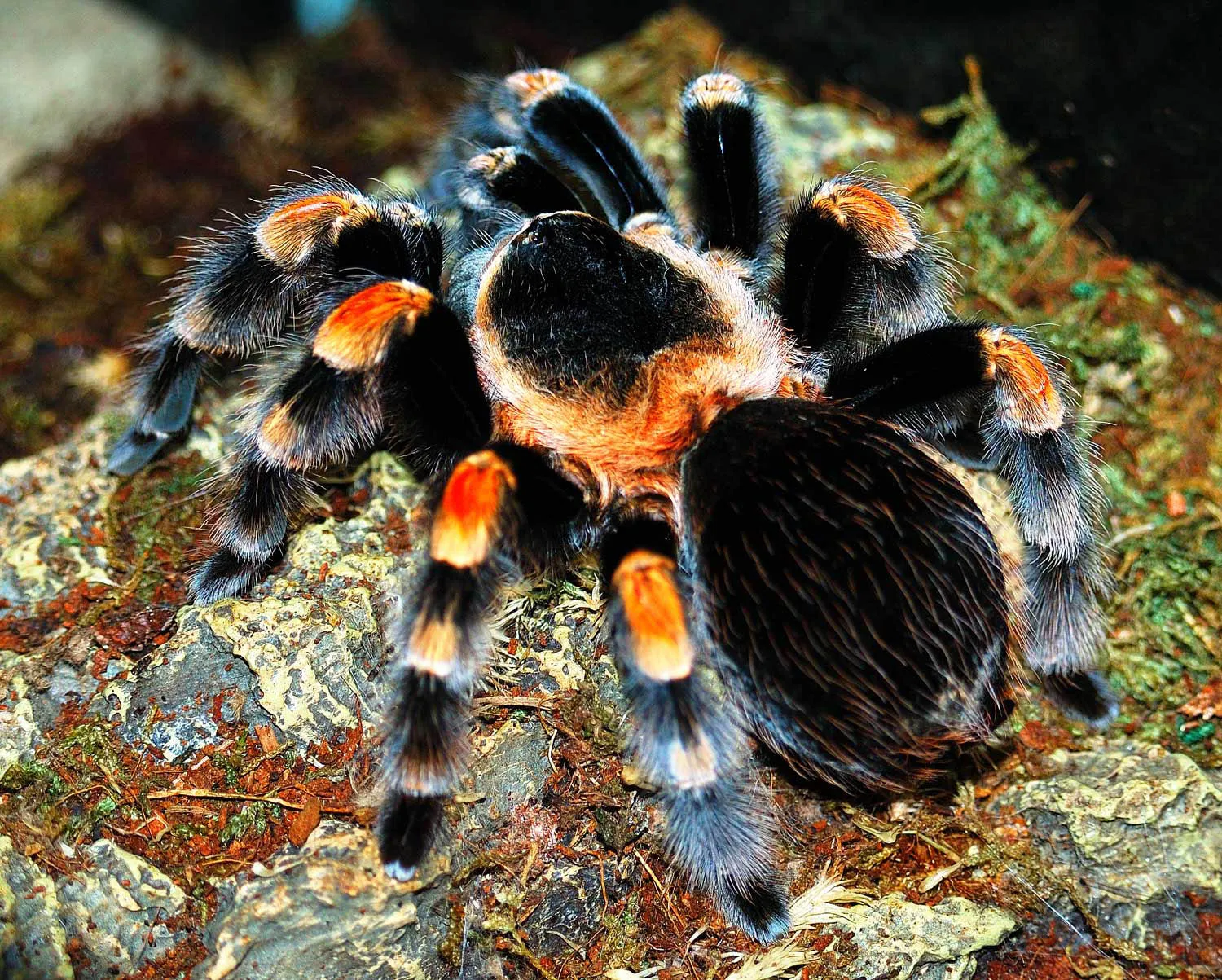
Do not offer food to your tarantula during the moult. The tarantula will not be able to eat and may even be stressed by the presence of prey. Removing any uneaten food items from the enclosure will prevent any potential hazards. The tarantula’s mouthparts are soft, and the tarantula is highly vulnerable. Feeding during this period could cause injury or stress. Do not offer food until the exoskeleton has fully hardened, usually several days after the moult.
Post-Moult Care
After the moult, your tarantula will be soft and vulnerable. Providing the appropriate care during this period is crucial. The new exoskeleton needs time to harden. Providing the right environment during this period will support its recovery. Feeding, and monitoring the tarantula’s behaviour are all part of your care. The tarantula will go through a period of adjustment, and providing the right support is key to a successful recovery. This stage requires patience and careful observation of your tarantula.
Feeding Your Tarantula After the Moult
Wait for at least a week after the moult before attempting to feed your tarantula. The exact timeframe depends on the tarantula’s size and the temperature of the enclosure. The new exoskeleton needs time to harden completely. Offering food too soon can cause the tarantula to injure itself. Begin with small, easy-to-handle prey items, such as small crickets or mealworms. Observe your tarantula as it feeds. If it appears to have difficulty, or refuses the food, wait a few more days before trying again. Once the tarantula’s fangs have hardened, it can handle larger prey items. Regular feeding will help your tarantula regain energy and grow.
Inspecting the Exuvium (Shedded Skin)
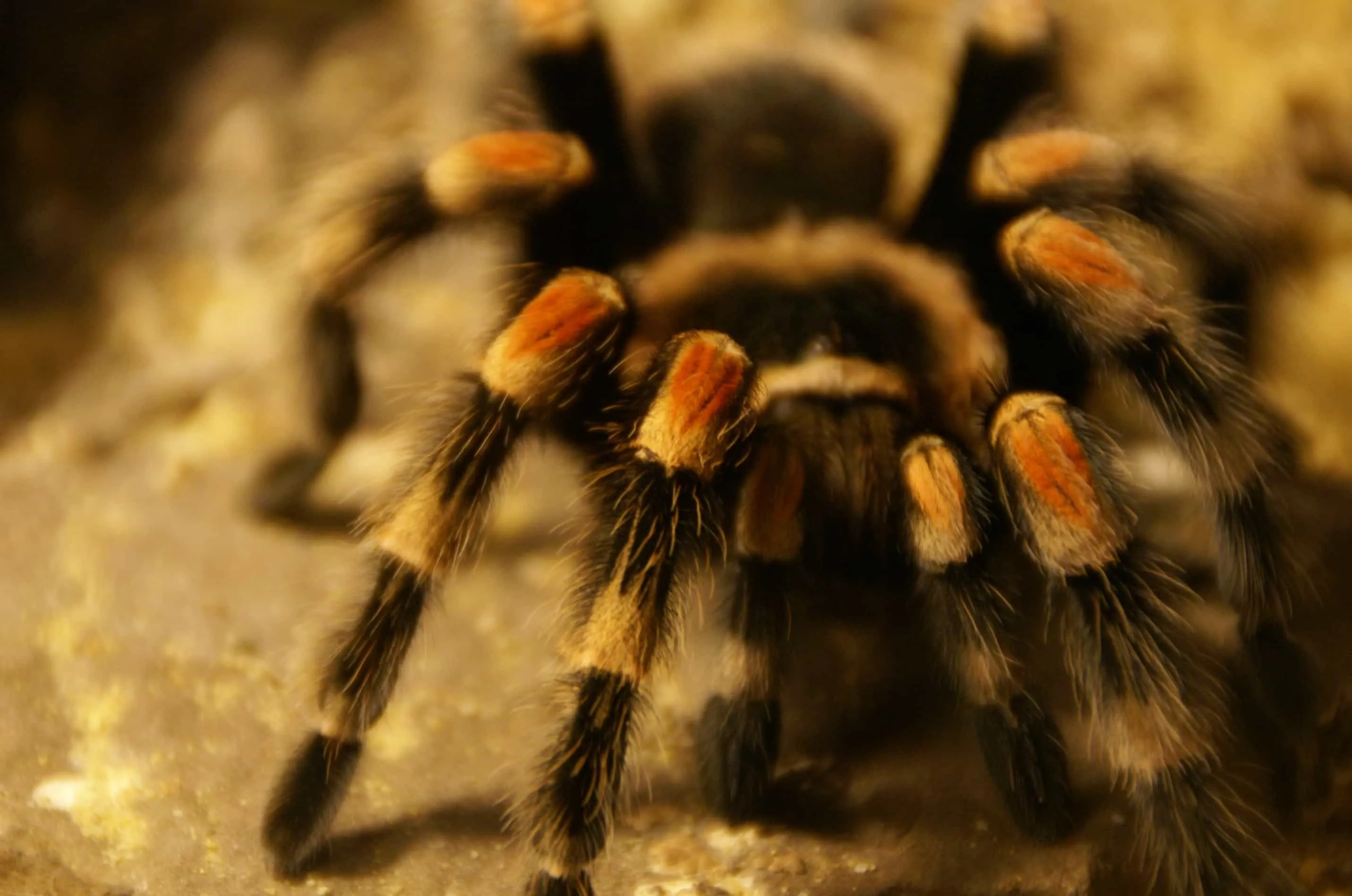
After the moult, you can inspect the shed exoskeleton (exuvium). This can provide valuable insights into the tarantula’s health. Examine the exuvium for any signs of parasites, damage, or abnormalities. You can also determine the sex of your tarantula by examining the underside of the exuvium. The presence of a spermatheca indicates a female. If the exuvium is incomplete or damaged, it may indicate a problem with the moult. Keeping the exuvium can also provide a record of your tarantula’s growth over time. Gently remove the exuvium from the enclosure once the tarantula has moved away from it.
Common Problems and Solutions
While molting is a natural process, complications can arise. Being aware of these potential issues and knowing how to address them is crucial. Common problems such as a stuck moult, dehydration and injury. These are things that can happen with any tarantula, and being prepared is key to keeping your pet healthy. Knowing what to do, or when to seek professional assistance, is a key part of responsible tarantula ownership.
Stuck Moult
A stuck moult is one of the most serious problems that can occur. It happens when the tarantula is unable to fully shed its old exoskeleton. This can be due to low humidity, a poor diet, or other environmental stressors. If you suspect a stuck moult, you can try to increase the humidity in the enclosure. If this doesn’t help, it’s essential to seek professional veterinary assistance. A stuck moult can be fatal if not addressed promptly. Never attempt to manually remove the old skin, as you could injure the tarantula.
Dehydration
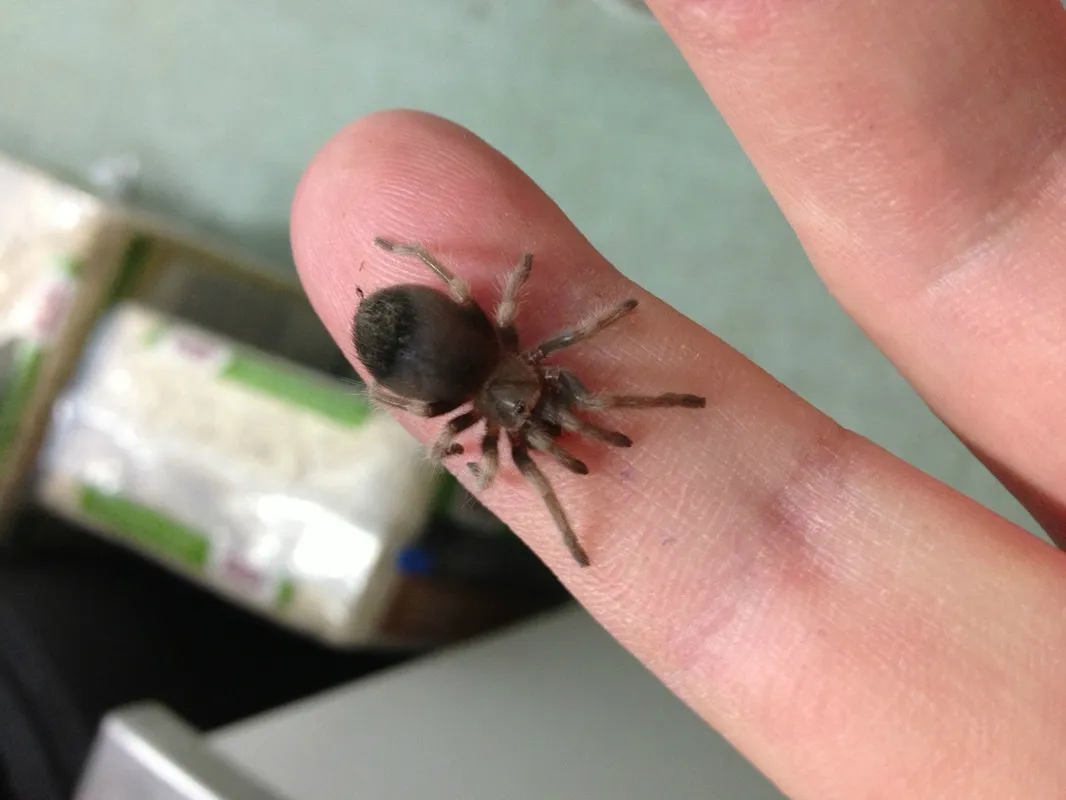
Dehydration can also contribute to problems with molting. Ensuring that your tarantula has access to clean water is essential. If you suspect your tarantula is dehydrated, you can try misting the enclosure more frequently or providing a shallow water dish. Dehydration can make it more difficult for the tarantula to shed its skin. Signs of dehydration include a wrinkled abdomen and lethargy. In severe cases, the tarantula may require veterinary intervention. Preventing dehydration is one of the best ways to avoid moult problems.
Conclusion
Molting is an essential part of the life cycle of the Mexican Red Knee Tarantula. By understanding the process, creating a suitable environment, and providing appropriate care, you can help your tarantula moult successfully. Remember to remain patient, observe carefully, and avoid any unnecessary disturbances during this vulnerable time. Providing the right care will ensure your tarantula continues to grow and thrive. Enjoy the amazing transformation, and celebrate this incredible process with your stunning pet.
